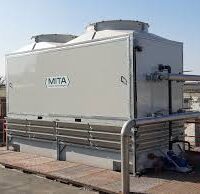Round Type Cooling Tower
The Bottle Shape Cooling Tower, constructed from high-performance FRP (Fiber Reinforced Plastic), provides excellent corrosion resistance and superior durability against extreme vibrations, ensuring reliable operation
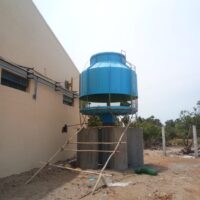
Cross Flow Cooling Tower
Cross-flow cooling towers feature a design where air flows horizontally, while water flows vertically downward through the tower. This perpendicular flow setup significantly enhances the efficiency of the heat exchange process.
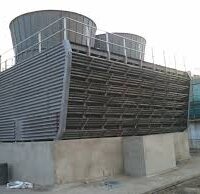
Wooden Cooling Tower
Wooden cooling towers are constructed to handle water with elevated levels of dissolved solids (TDS). Water from industrial sources is sprayed through specialized nozzles, facilitating efficient heat dissipation and effective cooling.
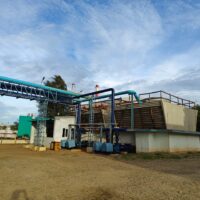
Evaporative Cooling Tower
Evaporative cooling towers are highly efficient in removing excess heat from industrial operations, power plants, and HVAC systems they utilize the evaporation of water to provide an energy-efficient
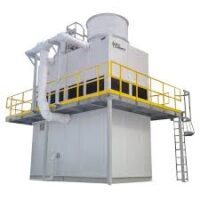
Dry Cooling Tower
A dry cooling tower is a cooling system used in industrial and power generation processes that removes excess heat without utilizing water. Unlike traditional wet cooling towers, dry cooling towers function without evaporation.
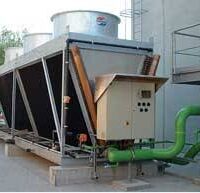
Natural Draft Cooling Tower
Natural draft cooling towers use natural air convection to cool water. Their large, hyperbolic structure promotes airflow, providing a cost-effective and energy-efficient cooling solution
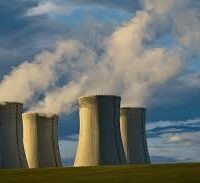
RCC Cooling Tower
RCC (Reinforced Cement Concrete) cooling towers are large, robust structures ideal for industrial and commercial cooling. They dissipate excess heat produced by various processes and are designed for heavy-duty operations.
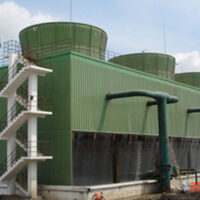
Square Type Cooling Tower
The Square Type Cooling Tower uses induced draft counterflow, where a fan creates vertical airflow that moves upwards, optimizing the heat exchange process and improving overall cooling tower performance.
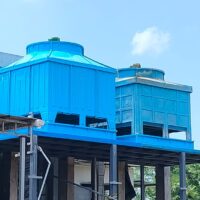
Closed Circuit Cooling Tower
A closed circuit cooling tower functions as both a heat exchanger and a cooling tower. The process fluid circulates through a coil or heat exchanger, removing heat while preventing contamination and maintaining cooling efficiency.
